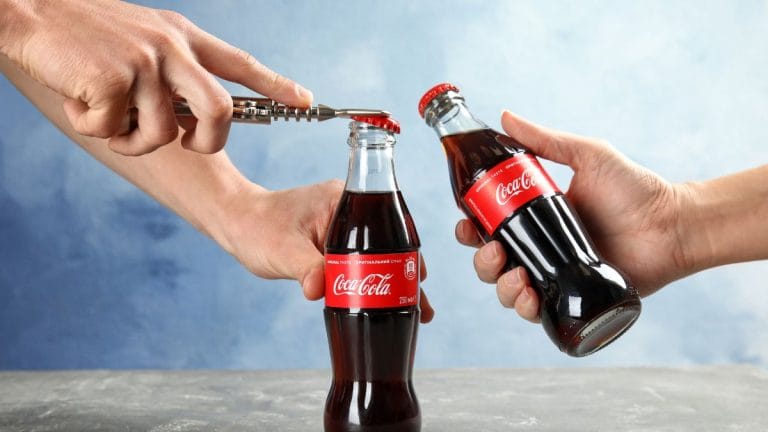Coca-Cola is more than just a beverage; it’s a global symbol of happiness, nostalgia, and connection. Recognized in almost every corner of the world, Coca-Cola has mastered the art of marketing, making its logo, bottle design, and campaigns as famous as the drink itself. But how did a carbonated drink achieve such iconic status? Let’s dive into Coca-Cola’s fascinating journey of marketing brilliance.
The Origins of Coca-Cola
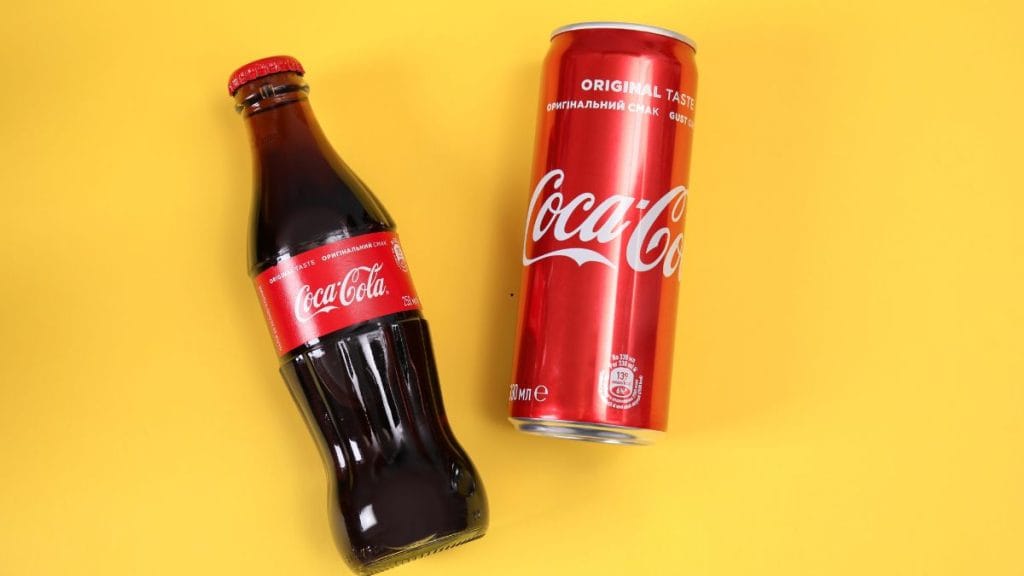
In 1886, John Stith Pemberton, a pharmacist from Atlanta, created a unique medicinal tonic that would later become the world’s most beloved soft drink. Initially sold as a cure for common ailments, Coca-Cola started its journey as a simple syrup mixed with carbonated water. However, the genius of Asa Candler transformed Coca-Cola from a mere tonic into a beverage powerhouse.
Candler’s visionary approach to marketing laid the foundation for Coca-Cola’s success. He invested heavily in advertisements, distributing branded merchandise like calendars and clocks. By doing so, Candler ensured that Coca-Cola was not just consumed but also remembered.
Coca-Cola’s Brand Evolution
The Iconic Logo
One of the earliest elements of Coca-Cola’s branding success is its instantly recognizable logo. Created in Spencerian script, the logo has remained largely unchanged since its inception, fostering a sense of trust and familiarity among customers.
The Red and White Colors
Coca-Cola’s red and white color scheme isn’t just attractive—it’s unforgettable. These colors have become synonymous with the brand, ensuring instant recognition even from a distance.
The Contour Bottle
In 1915, Coca-Cola introduced the contour bottle, designed to be identifiable even in the dark. This unique design not only differentiated Coca-Cola from competitors but also became a symbol of the brand’s commitment to quality and innovation.
Revolutionary Marketing Strategies
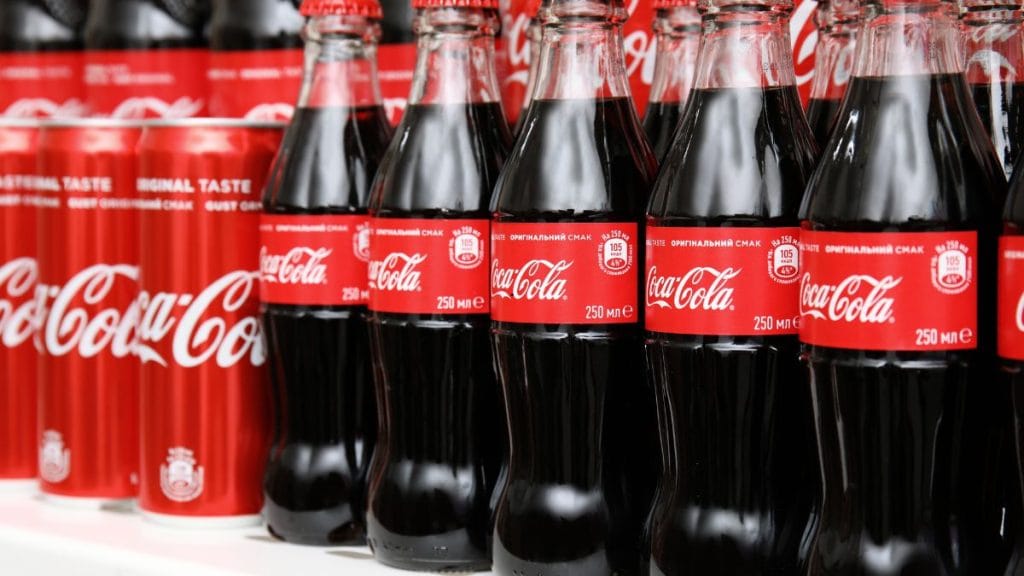
Coca-Cola’s marketing strategy has always been about creating emotional connections. Its campaigns don’t just sell a product; they sell an experience.
Early Campaigns
Coca-Cola’s early advertisements emphasized refreshment and enjoyment. Slogans like “Delicious and Refreshing” captured the essence of the brand, appealing to both the senses and emotions.
Jingles and Slogans
Who can forget jingles like “I’d Like to Buy the World a Coke”? These catchy tunes and memorable slogans ensured that Coca-Cola stayed in the minds (and on the lips) of consumers.
Storytelling
Every Coca-Cola campaign tells a story—whether it’s about family bonding, festive cheer, or simple moments of happiness. These narratives have created a lasting emotional bond with consumers.
Holiday Campaigns and Coca-Cola’s Influence on Santa Claus
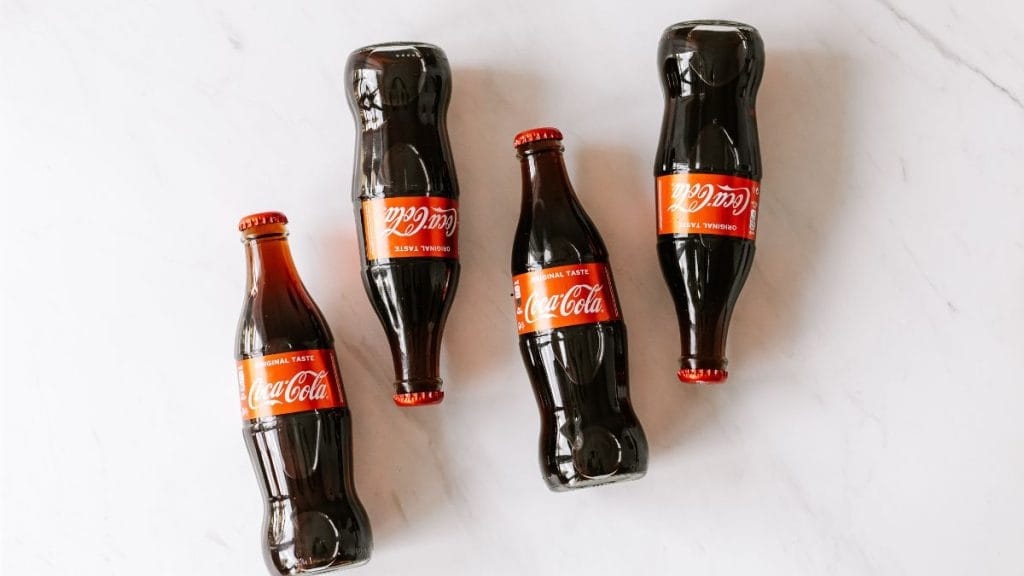
Perhaps one of the most remarkable feats of Coca-Cola’s marketing genius is its role in shaping the modern image of Santa Claus. The brand’s holiday campaigns, starting in the 1930s, portrayed Santa as a jolly, red-suited figure enjoying a bottle of Coca-Cola. This image became so popular that it is now synonymous with Christmas traditions worldwide.
By associating itself with the warmth and joy of the holiday season, Coca-Cola not only boosted its sales but also embedded itself into the fabric of festive celebrations.
Expanding Globally
Coca-Cola’s journey to becoming a global brand wasn’t without its challenges. Entering international markets required adaptability. From customizing flavors to suit regional palates to creating localized marketing campaigns, Coca-Cola proved its ability to connect with diverse audiences.
Its strategy of “think global, act local” ensured success in markets as varied as India, Japan, and Africa. Even in places where it faced initial resistance, Coca-Cola’s persistence and creativity eventually won over consumers.
Sponsorships and Events
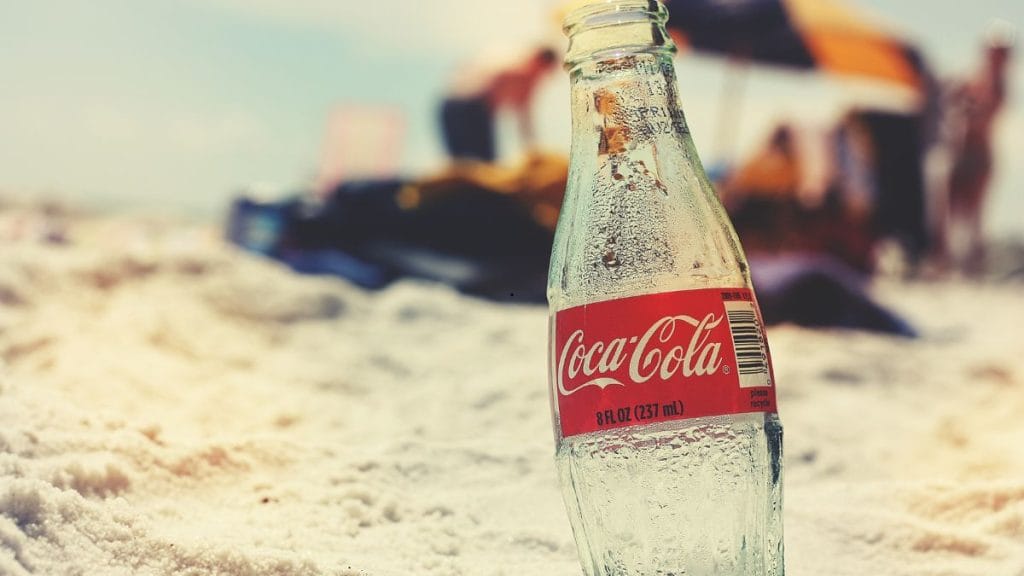
Coca-Cola has long understood the power of aligning its brand with major global events. Sponsorships have been a cornerstone of its marketing strategy, giving the brand immense visibility and associating it with moments of celebration and achievement.
Sports Sponsorships
Coca-Cola has sponsored the Olympics since 1928, making it one of the longest-standing partners of the Games. Its involvement with FIFA World Cup and other major sports events has further cemented its association with unity, passion, and competition. Coca-Cola’s branding is omnipresent at these events, from stadium advertisements to personalized cans for fans.
Community and Cultural Events
Beyond sports, Coca-Cola sponsors music festivals, local events, and cultural celebrations. This grassroots-level engagement ensures that the brand resonates with people in their everyday lives, creating a sense of shared experience.
Staying Relevant in a Competitive Market
In an era of changing consumer preferences and intense competition, Coca-Cola’s ability to adapt has been key to its continued dominance.
Product Innovation
Coca-Cola has expanded its product portfolio to cater to different tastes and health concerns. From Diet Coke to Coca-Cola Zero Sugar, the brand has consistently introduced new offerings to appeal to health-conscious consumers.
Digital Marketing and Social Media
Coca-Cola has embraced the digital age with creative social media campaigns. Hashtags like #ShareACoke encouraged personalized consumer interaction, where people could find bottles with their names or messages. Viral campaigns like these not only drove sales but also created buzz across platforms.
Collaborations and Celebrity Endorsements
By partnering with celebrities and influencers, Coca-Cola has maintained its cultural relevance. These collaborations help the brand connect with younger audiences and stay in the limelight.
The Secret Formula: Coca-Cola’s Brand Personality
What makes Coca-Cola’s branding truly genius is its ability to balance consistency with adaptability.
Consistency in Core Values
Coca-Cola’s branding has always revolved around themes of happiness, togetherness, and refreshment. These timeless values ensure a strong emotional connection with customers.
Adaptability to Trends
At the same time, Coca-Cola adapts its campaigns to reflect current cultural and societal trends. From embracing sustainability to promoting diversity, the brand evolves while staying true to its roots.
Challenges and Controversies
No brand is immune to challenges, and Coca-Cola has faced its share of criticism.
Health Concerns
As awareness of the harmful effects of sugar grew, Coca-Cola came under scrutiny for its role in contributing to obesity and related health issues. The brand responded by diversifying its portfolio with low-calorie and sugar-free options.
Environmental Impact
Coca-Cola has also been criticized for its plastic usage and environmental footprint. To address these concerns, the company has launched initiatives like recyclable packaging and partnerships to reduce waste.
Corporate Responsibility
Coca-Cola has made efforts to demonstrate its commitment to sustainability and community welfare through programs that focus on water conservation, education, and local economic development.
Lessons from Coca-Cola’s Marketing Success
Coca-Cola’s marketing journey offers several valuable lessons for businesses of all sizes.
Storytelling Matters
Great brands don’t just sell products; they tell compelling stories. Coca-Cola’s campaigns consistently evoke emotions and build connections, making the brand a part of people’s lives.
Adapt and Innovate
The ability to innovate while staying true to core values has kept Coca-Cola relevant for over a century. Whether it’s introducing new products or leveraging digital platforms, the brand never stops evolving.
Customer-Centric Approach
Coca-Cola’s success lies in understanding and catering to customer needs, whether it’s through personalized campaigns or tailored products.
Leverage Nostalgia
By celebrating its history and tapping into fond memories, Coca-Cola has built a sense of timelessness that keeps customers coming back.
Conclusion
Coca-Cola’s rise from a medicinal tonic to the world’s most recognized brand is a testament to the power of strategic marketing and consistent branding. Through innovative campaigns, global outreach, and a focus on emotional connections, Coca-Cola has become much more than a beverage—it’s a cultural phenomenon. Its story offers invaluable lessons for marketers everywhere: stay consistent, evolve with the times, and always put the customer first.
FAQs
What makes Coca-Cola’s marketing strategy successful?
Coca-Cola’s marketing success lies in its ability to create emotional connections through storytelling, memorable campaigns, and consistent branding.
How has Coca-Cola adapted to changing market trends?
Coca-Cola has diversified its product line, embraced digital marketing, and addressed health and environmental concerns to stay relevant in the market.
What role did advertising play in Coca-Cola’s success?
Advertising played a pivotal role by building brand awareness and loyalty through creative campaigns, jingles, and iconic visuals.
How does Coca-Cola handle criticism?
Coca-Cola addresses criticism through product innovation, sustainability initiatives, and corporate social responsibility programs.
What lessons can small businesses learn from Coca-Cola’s marketing approach?
Small businesses can learn the importance of storytelling, customer focus, innovation, and leveraging nostalgia to build lasting connections with their audience.

